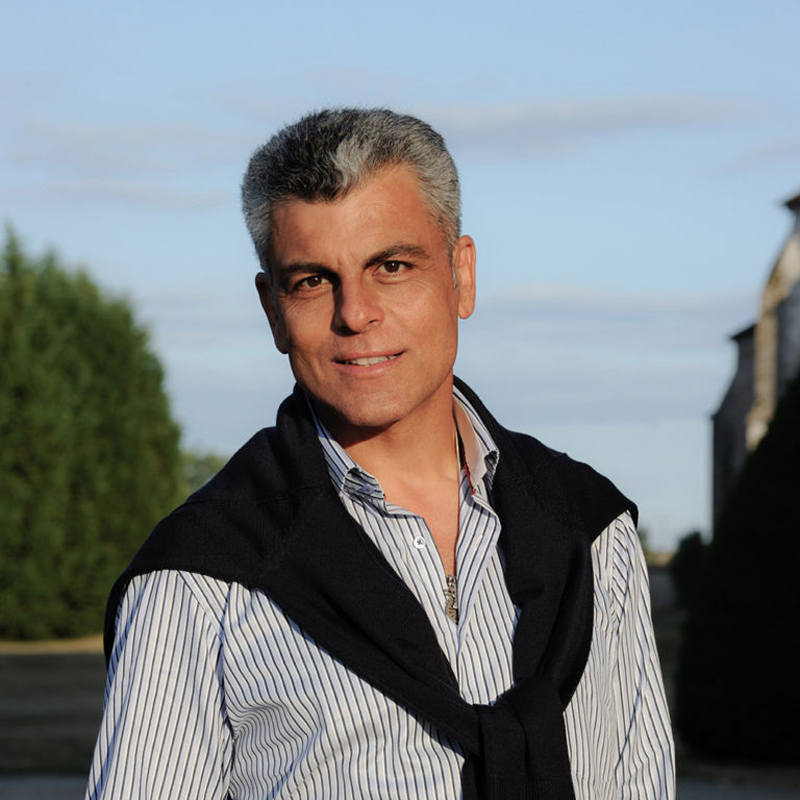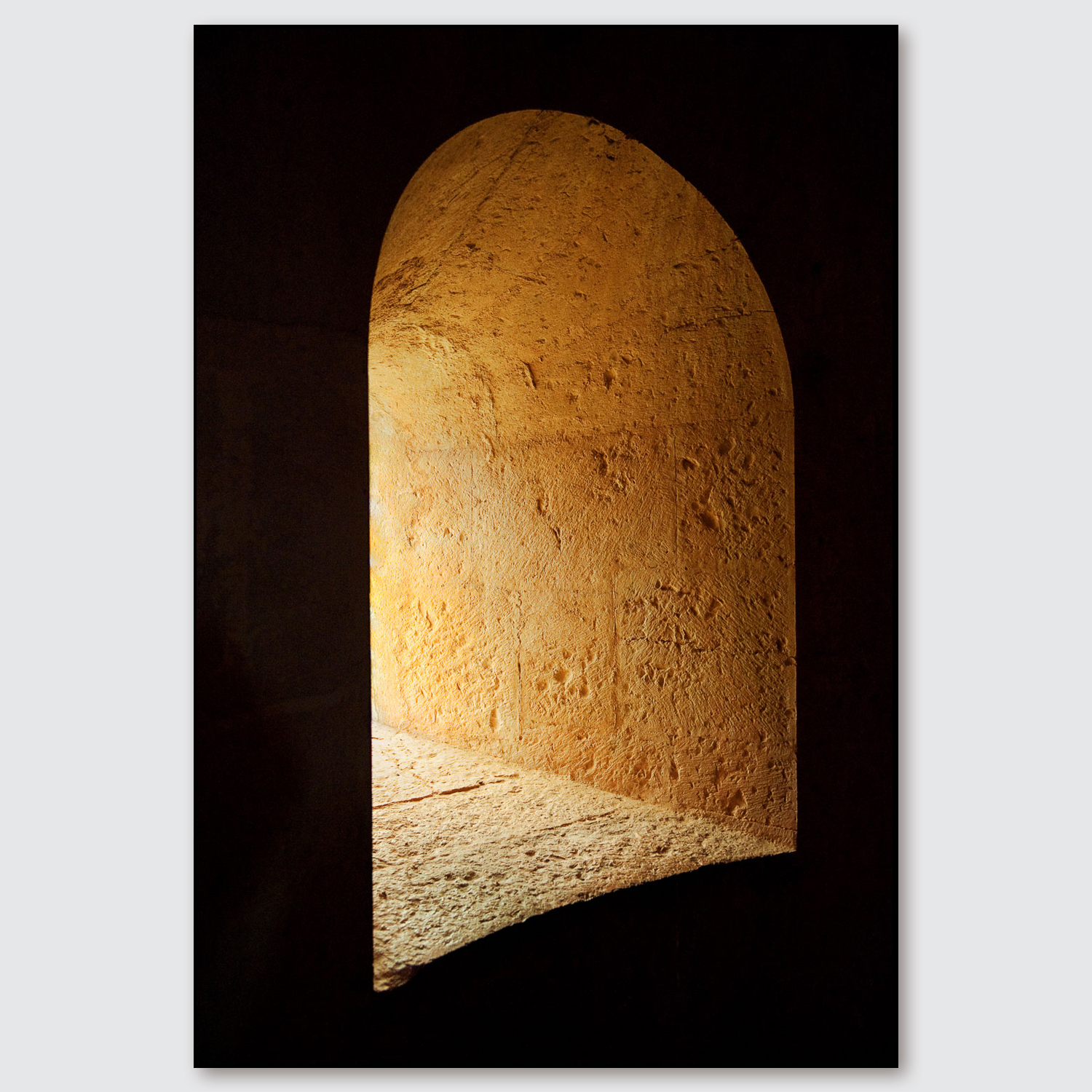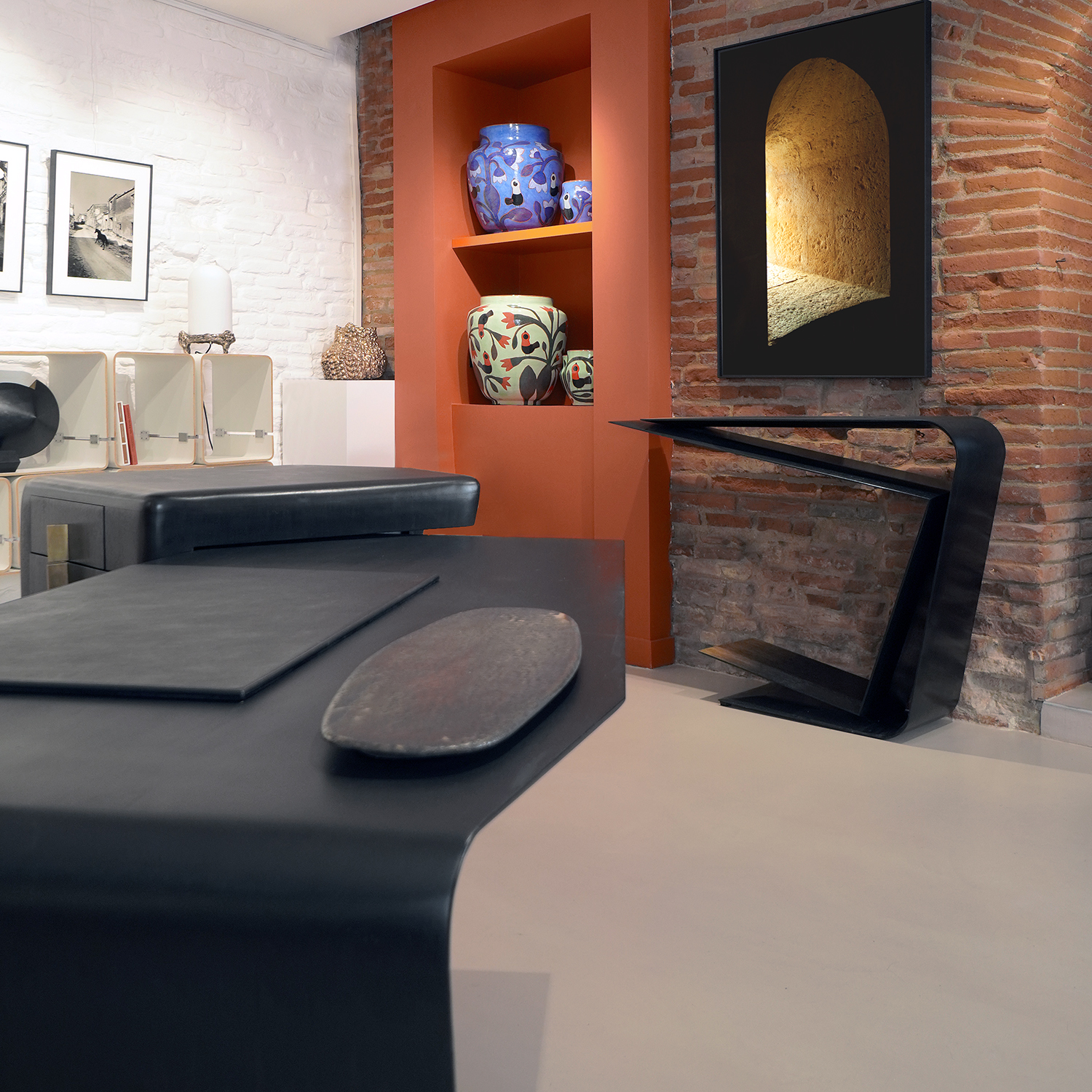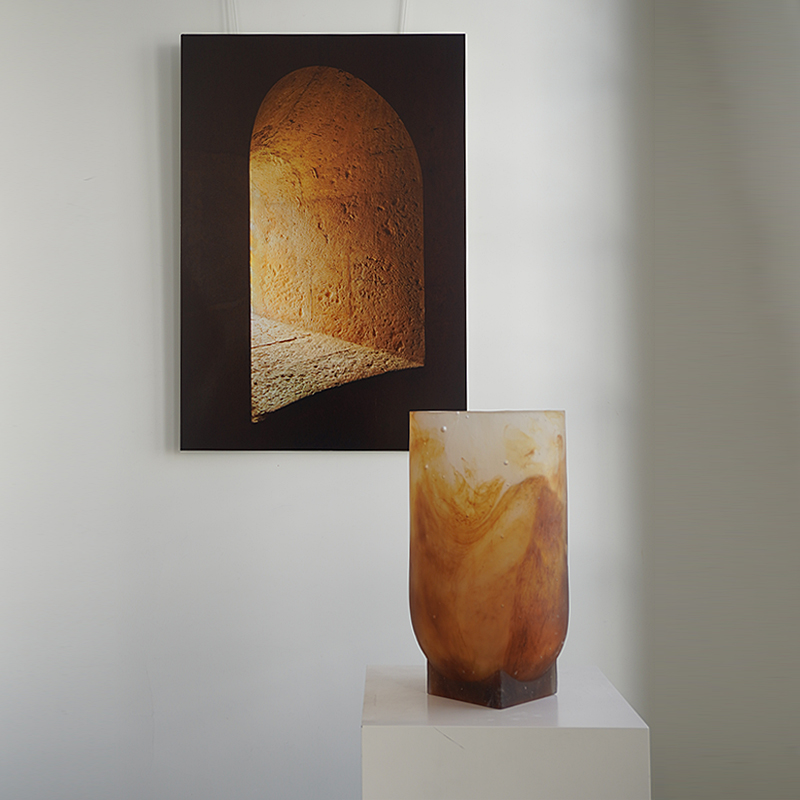Customizable
THORONET ABBEY, FRANCE (1/12)
Référence :
Photograph of a window of the Abbey of Thoronet by Ferrante Ferranti.
“Most of the stones will be treated roughly, coarsely: we will save time. The sun will catch the facets, the sparkles, and make the glittering material precious. The angles, the erect, chiselled joints, will become the pure edges, will define the net of the elemental mesh, by the discreet diversity of fine apparatus that no apparent mortar will insensitize (…) That’s why I don’t want to build it, to glue it with lime; I want to give her a little freedom, otherwise she wouldn’t live. F. Pouillon, The Wild Stones
The artist explores the remnants of the past through the play of light and shadow created by the sun on the ruins. With the soul of an archaeologist, this trained architect combines his photographic work with his passion for antiquity and the Baroque.
Length : 0.39 in / 1 cm
Height : 29.53 in / 75 cm
Width : 43.31 in / 110 cm
Weigth : 2.2 lb / 1 kg
Artist : Ferrante Ferranti
Categories: Photographs, Architecture
Technique: Digital photography
Support: Pigment print on baryta paper (Canson Fine Art Baritta), laminated on Dibond
Dimensions: 110 x 75 cm
Number of copies: 12 signed and numbered prints
Year: 2010
Inspiration:
Thoronet Abbey is a Cistercian abbey located in Provence, it is one of the “three Provençal sisters”, the other two being Sénanque (Vaucluse) and Silvacane (Bouches-du-Rhône).
As part of the inscription on the World Heritage List managed by UNESCO, the notice on the Abbey of Fontenay indicates that “the most perfect” example of Cistercian architecture is the Abbey of Thoronet
In 1964, the architect Fernand Pouillon, in his novel Les Pierres sauvages, imagined an account of the construction of the abbey in the thirteenth century, in the form of the diary of the first father prior of the abbey. His character, “the master builder of the abbey”, expresses in a very vivid way the emotion that comes from the sight of the stones used in the construction:
“Most of the stones will be treated roughly, coarsely: we will save time. The sun will catch the facets, the sparkles, and make the glittering material precious. The angles, the erect, chiselled joints, will become the pure edges, will define the net of the elemental mesh, by the discreet diversity of fine apparatus that no apparent mortar will insensitize (…) That’s why I don’t want to build it, to glue it with lime; I want to give her a little freedom, otherwise she wouldn’t live. F. Pouillon, The Wild Stones
“At the age of 16, I had the revelation of Les Pierres sauvages, an imaginary account by the architect Fernand Pouillon of the construction of the Cistercian Abbey of Thoronet, in Provence. The text translates above all the mystical impulses of a master builder of the Middle Ages and the trials he encounters to tame the material. I thought I had found my vocation: I would be an architect! The first edition was illustrated by some black and white images by Lucien Hervé, who later became Le Corbusier’s photographer. They echoed the book in the Zodiac collection on Catalan Romanesque art owned by my parents, in which Jean Dieuzaide formed my gaze with his deep blacks and phosphorescent whites. During my studies in Toulouse, I discovered the heritage of the Southwest, made of sharp edges, granular stones, hot bricks, sensual warheads. The walls and cloisters often belonged to a palimpsest whose first layers date back to Roman times. Elsewhere, in Greece or Jerusalem, I was sensitive to the fractures of time and the stigmata of history. And seeking to translate its harmony or dissonances, I wrote with light, I became a photographer. The Liturgy of the Hours dictates the encounters of light with stone. Ephemeral, they call for meditation on the energies of visible realities that reveal the invisible. On the sidelines of these fleeting dialogues, the wild stones lacked life. I met her in the rites associated with the other Elements—water, fire, air—in sanctuaries inhabited by the Spirit. Ablutions and immersions, gestures of purification or prayer of the Hindu or Buddhist, Hebrew or Jain, Christian or Muslim faithful, embody matter, and help us to cross the mirrors of appearances to access the Saints of Holies.”
Ferrante Ferranti

Ferrante Ferranti
FRANCE
Born January 13, 1960 in Algeria, of a Sardinian mother and a Sicilian father. He took his first photograph at the age of eighteen, a wave in Belle-Île-en-Mer. Passionate about Fernand Pouillon’s book, Les Pierres Sauvages, he began training as an architect in Toulouse, which he completed at Paris-UP6 in 1985 with a diploma in Theaters and scenography in the Baroque era. Traveling photographer, he has been involved for thirty years with Dominique Fernandez in a joint exploration of the Baroque and the different layers of civilizations, from Syria to Bolivia via Sicily and Saint Petersburg. His photographs dialogue with the texts of the writer, who defines him in the album Itinerrances (Actes Sud, 2013) as “the inventor of a language which links the sun to the ruins, in search of the meaning hidden in the forms” .




